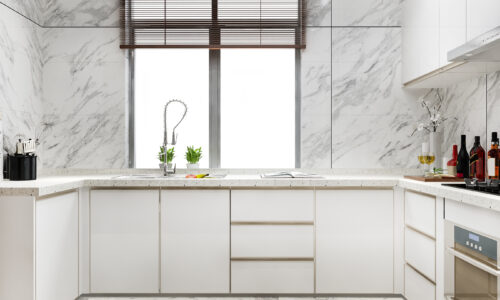Are you embarking on the journey of transforming your living or working space? Whether it’s revamping your home or office, the process of interior design requires careful planning and consideration. From setting a budget to choosing the right lighting, every decision plays a crucial role in shaping the ambiance and functionality of the space. In this guide, we’ll explore some key factors to keep in mind while designing an interior space, with a focus on creating a harmonious and aesthetically pleasing environment.
- Research and Make a Budget: Before diving into the world of interior design, it’s essential to conduct thorough research. Explore different styles, trends, and concepts to gather inspiration for your project. Look for design ideas that resonate with your personal taste and lifestyle. Additionally, setting a realistic budget is paramount. Determine how much you’re willing to invest in the project, taking into account factors such as materials, labor, and furnishings. Having a clear budget in mind will help you make informed decisions and avoid overspending.
- Determine the Purpose of the Space: Every interior space serves a specific purpose, whether it’s a cozy living room, a functional kitchen, or a productive office environment. Before starting the design process, consider how you intend to use the space. Are you looking to create a relaxing retreat, an entertainment hub, or a productive workspace? Understanding the purpose of the space will guide your design choices and layout decisions. For instance, a family-friendly living room may prioritize comfort and durability, while a home office requires a focus on organization and productivity.
- Decide on the Color Themes: The choice of colors can significantly impact the look and feel of an interior space. Whether you prefer bold and vibrant hues or soothing neutral tones, selecting the right color scheme is crucial. Consider factors such as natural light, room size, and existing decor when choosing colors for walls, furnishings, and accents. Experiment with different color combinations to create the desired atmosphere, whether it’s warm and inviting or sleek and modern. Remember that colors have the power to evoke emotions and set the tone for the entire space.
- Lighting as an Essential Element: Lighting plays a vital role in interior design, influencing both the aesthetics and functionality of a space. Proper lighting can enhance architectural features, highlight focal points, and create ambiance. When designing an interior space, consider the three main types of lighting: ambient, task, and accent. Ambient lighting provides overall illumination, while task lighting is focused on specific activities such as reading or cooking. Accent lighting adds drama and visual interest by highlighting artwork or architectural elements. Incorporating a combination of these lighting types will ensure a well-lit and visually appealing environment.
In conclusion, designing an interior space requires careful planning and consideration of various factors. By conducting research, setting a budget, determining the purpose of the space, choosing the right color themes, and prioritizing lighting, you can create a harmonious and functional environment that reflects your personal style and enhances your quality of life.
For expert assistance in designing your interior space, consider reaching out to reputable professionals such as Srijanaa Interiors, a renowned modular kitchen designer in Coimbatore. Their expertise and creativity can help bring your design vision to life, ensuring a space that is both beautiful and functional.










Leave A Comment